The art of gatekeeping is officially back; and it’s because our algorithms have failed us. AI recommendation engines and algorithms full of AI slop funnel you into an echo chamber of what’s already trending and popular, but that mass discoverability ends up flattening our culture by showing everyone the same content. That’s why we’re seeing a rise of content curators: tastemakers and thought leaders who aim to slow down the unending scroll to provide their audience with content that is rooted in quality and relevance, not virality.
Content curation is on the rise as a response to AI and algorithm fatigue because curators have the one thing AI could never have: taste. Social media platforms like TikTok and Instagram are designed to make users consume more content, faster, for longer periods of time, meaning their goal is to achieve volume, not taste.
The problem with this is that influence is rooted in taste, not volume, which gives rise to the role of curation as a way to resurface the quality content that users are looking for. Ergo, welcome to the era of content curation, where value isn’t measured by how much content you can push out, but by how precisely you can filter, frame, and contextualize what’s already out there.
Let’s break down what makes content curation such a powerful strategy in today’s attention economy.
What Is Content Curation?
Content curation is the act of filtering, framing and editorializing content that’s worth your audience’s time and attention. While it doesn’t necessarily create something new, it is still adding a tasteful and intentional point of view to the existing content that it spotlights. Think of it as the friend who sends you the one article you actually want to read, or a no-skip playlist.
At its core, content curation is about editorial judgment. It’s about sifting through the flood of content and picking out the pieces that are insightful, overlooked, beautifully made, or simply worth pausing for. Amidst social media algorithms that are constantly drowning in content, the curator becomes an increasingly vital part of that ecosystem as someone who makes the scroll more meaningful and less mindless.
It’s also important to note: content curation isn’t just aggregation. It’s not dumping a bunch of links or retweeting headlines. Good curation adds context. It connects the dots, offers commentary, and frames content in a way that makes it more digestible and more relevant. So while everyone else is racing to produce more, curators are asking: “What’s actually worth seeing?”
Since nothing exists in a vacuum, good art is always in conversation with everything that came before it. In that sense, content curation is and has always been a form of authorship; and in a post-AI era, meaningful authorship matters more than ever.
Content Curation vs. Content Creation
Let’s get one thing straight: content curation isn’t the lazy alternative to content creation. It’s a different muscle entirely—one that’s becoming increasingly valuable in platforms and contexts where quantity often overshadows quality. While content creation is about producing original content from scratch, content curation is about selecting and framing what already exists to tell a story, make a point, or guide attention. Both are creative acts, but one builds the material, and the other builds or adds to the meaning.
Content curation and content creation are both valuable in their own right. They have a symbiotic relationship where great curation often leads to better creation, because staying tapped into what’s relevant, resonant, or rising sharpens your creative instincts. Likewise, strong original content gives curators something meaningful to elevate. In a healthy ecosystem, creators feed curators, and curators amplify creators; each role making the other more valuable.
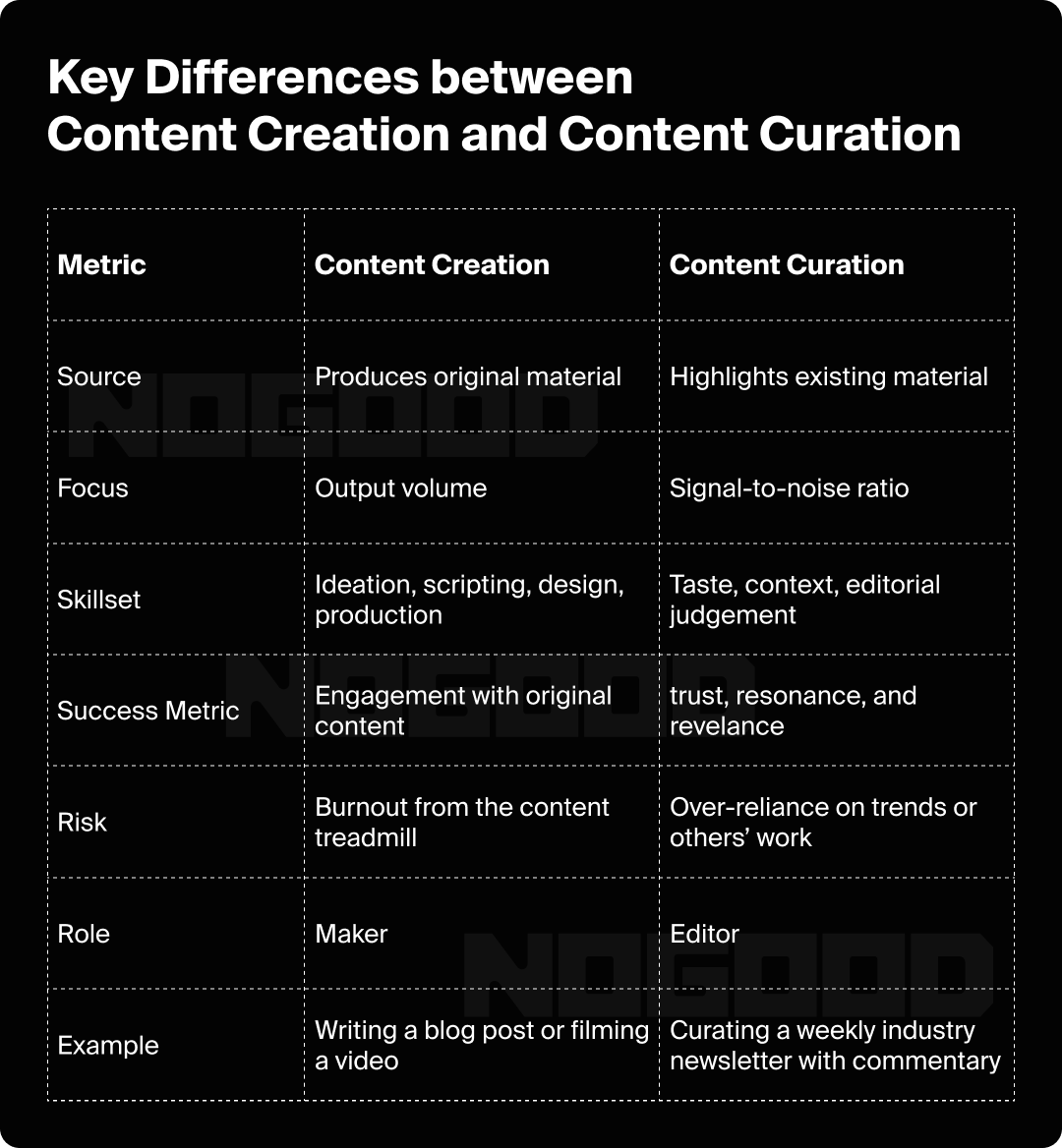
The best brands and individuals often do both. They create and curate. Content curation isn’t necessarily a new thing (art curators have existed for centuries), but it is becoming more and more of a valuable skill given the current oversaturation of generic, AI-generated content. Since creation and curation exist in relation to one another, the rising momentum of content creation will naturally drive increasing value in curation as well.
What Is an Example of Content Curation?
Content curation shows up everywhere; once you know what to look for. It’s the TikTok account that recaps just the key points of well-written long-form articles. It’s a newsletter that filters through dozens of headlines to give you the one worth reading. In short: it’s content that’s been handpicked, trimmed down, and served up with taste.
Some of the best brand examples lean into this editorial approach. Tekla, the Copenhagen-based textile brand, offers a guide to experiencing the city, particularly focusing on its waterways and summer rituals. Fashion retailer SSENSE is another great example: they curate conversations around culture, art, and identity through long-form interviews, visual essays, and playlists. Their editorial arm feels more like an avant-garde magazine than an eCommerce add-on.
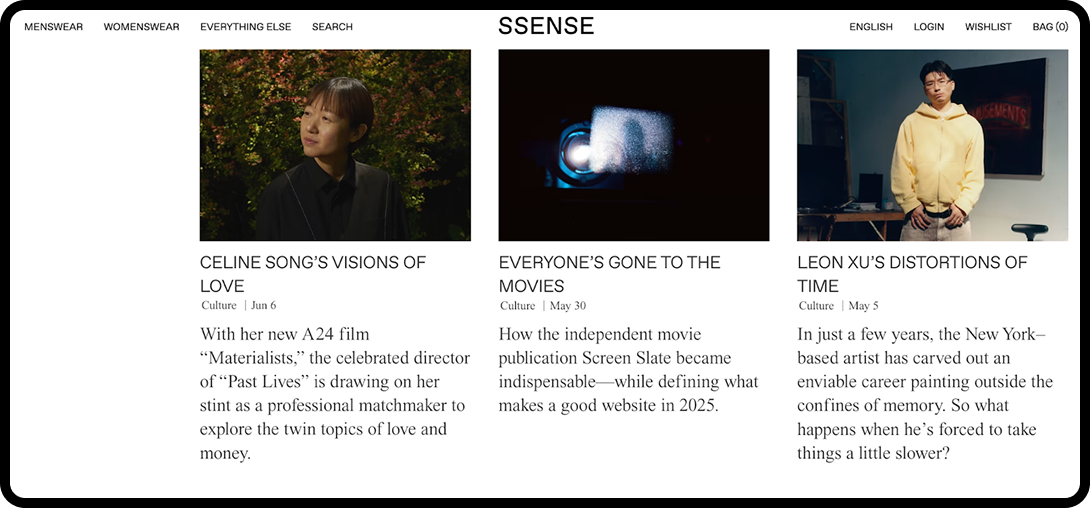
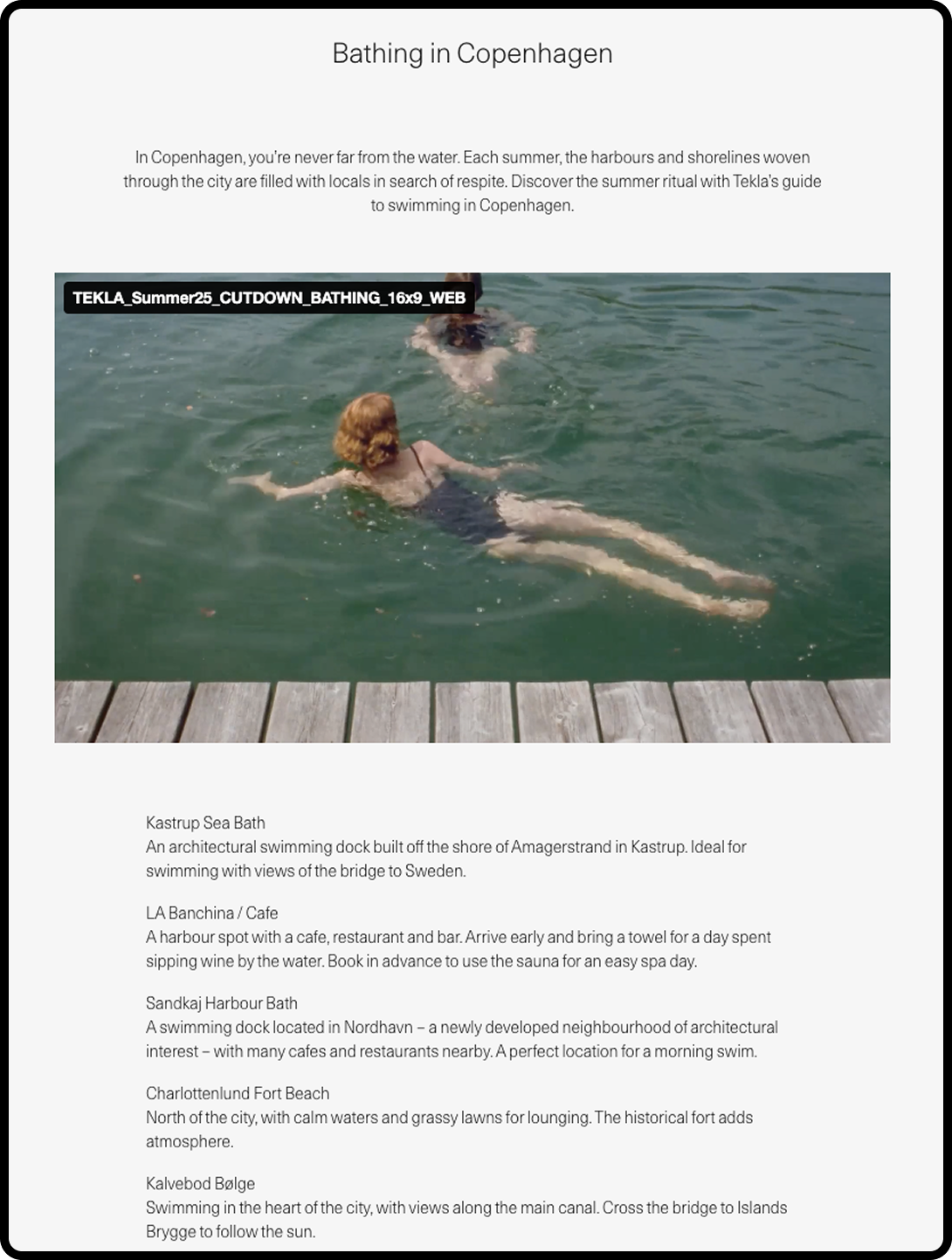
On TikTok, content curation shows up in accounts like @stuffaboutadvertising, which pulls examples from across the ad world and adds sharp, smart commentary. Or the endless genre of videos titled things like “Things I find incredibly chic” or “Best things to buy from IKEA”—bite-sized, opinionated curation that tells you what’s actually worth your time and money.
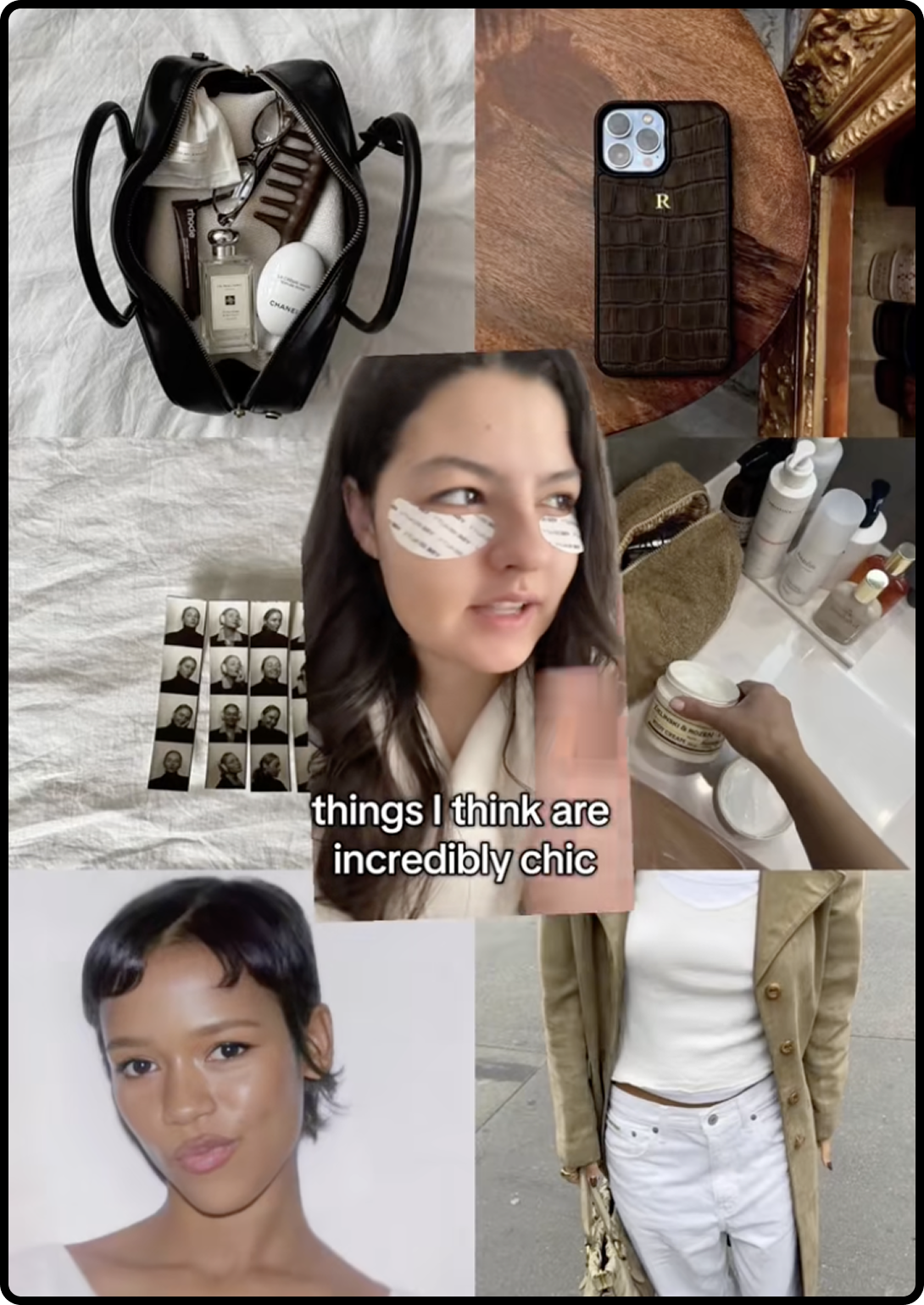
Another newer example of content curation is an app built specifically for that; ARCA is an app that aims to “simplify your internet experience” by organizing the internet into thoughtfully curated “portals” of content (articles, videos, podcasts) filtered not for virality, but for value.
ARCA is built on the belief that curation is not just about sharing; it’s about protecting your most valuable resources: your time and mental energy. Their TikTok account is a perfect example of taste-forward curation in motion. Instead of chasing trends, they break down long-form articles from publications like The Atlantic, New Yorker, or New York Times into bite-sized, highly digestible insights. It’s for the chronically curious but time-starved; people who want the nuance without the doomscroll. It doesn’t just recap, it reframes. And in doing so, it builds trust.

What these examples have in common is that none of them are trying to reinvent the wheel. They’re organizing, contextualizing, and elevating what already exists. And in doing so, they become the filter people rely on.
What Is the Role of a Content Curator?
A content curator’s role is to make decisions: what not to share, what deserves a second look, and what gets framed in a new light. It’s a highly selective process rooted less in output, and more in discernment. A good curator shapes expectations. Their audience knows that following them means less noise, more clarity. Their job is less about entertaining or going viral, and more about maintaining a thoughtful lens in order to foster user trust.
Unlike creators, curators aren’t driven by the pressure to produce. They’re driven by the responsibility to refine. That might mean assembling a weekly edit of under-the-radar reads, building a resource hub for a niche community, or annotating an idea that’s resurfacing in the cultural zeitgeist.
Content Curation & AI as Collaboration, Not Competition
Up until now, content curation was often framed as a counterweight to algorithmic chaos: human taste versus machine logic. But increasingly, the best curation work today lives in the balance between both. The role of the curator is shifting from being an algorithm critic to being an algorithm editor: someone who works alongside AI, not against it.
Take streaming platforms, for example. Pluto TV’s latest ad campaign boldly claims that human curators do a better job than algorithms at picking what you actually want to watch. Their interface leans into the feeling of being guided by someone with taste, not just data. Meanwhile, platforms like HBO Max and Discovery+ are blending algorithmic recommendations with human-curated collections to shape viewing experiences, leveraging the scale of AI while preserving a sense of editorial identity.

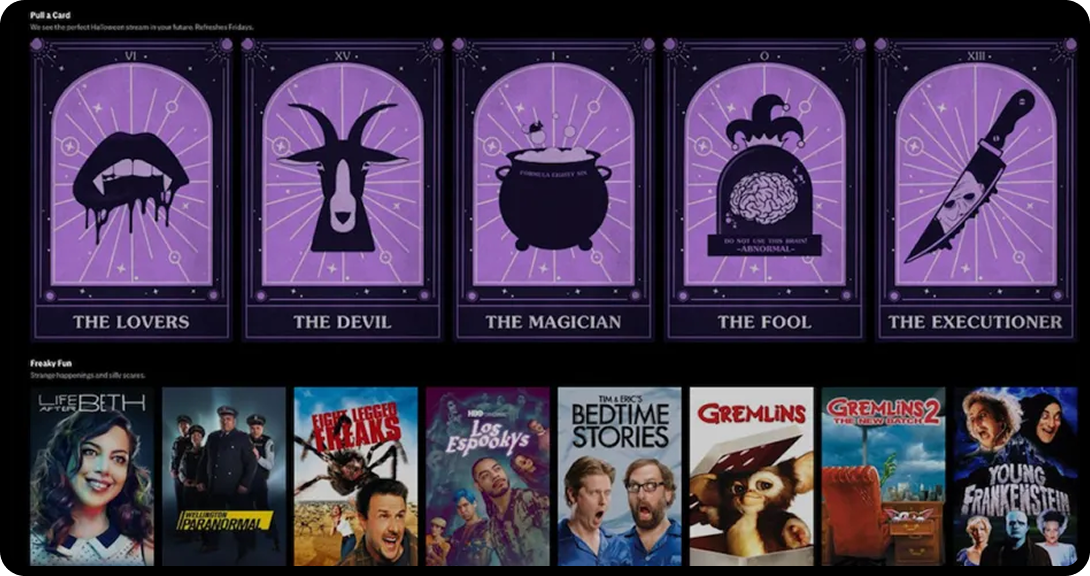
This hybrid model of machine speed with human sensitivity is becoming the new standard. AI can surface what’s popular; curators can surface what’s meaningful. AI can suggest based on behavior; curators suggest based on point of view. The difference is subtle, but crucial.
So, while the early 2020s were defined by a fear of being replaced by AI, the reality is that the most effective content curators today are learning to direct AI rather than reject it. In that sense, the curator’s power lies in their ability to shape both inputs and outputs, deciding what the machine sees, and more importantly, what the audience never has to.
Benefits of Content Curation (There Are More Than Just Saving Time)
Yes, content curation saves time; for you and your audience. But its real power goes far deeper than convenience. Here are some of the key benefits of content curation:
1. Build Relationships by Lifting Others Up
Curation is one of the most generous forms of content. By highlighting others’ work, you’re giving credit, showing appreciation, and helping great ideas travel further. You are acknowledging that you don’t exist in isolation, that you value contribution over competition. Over time, that builds meaningful relationships, both online and off.
When all you do is push out original content, it can feel like you’re talking at your audience. But when you curate, you’re showing that you’re listening, participating, and responding. It roots your presence in a larger ecosystem, and that makes your voice more credible, more connected, and more human.
2. Position Yourself as a Thought Leader
You don’t need to publish a thinkpiece every week to be seen as a leader. Simply curating the right mix of content (paired with smart framing or commentary) shows people you have taste, perspective, and context. People begin to associate you with clarity. You become the filter they trust.
3. Stay Ahead Through Social Listening
Regularly curating content forces you to consume it more intentionally. You’ll start noticing patterns: repeated ideas, rising voices, subtle shifts in tone. Curation becomes a form of social listening that keeps you culturally and professionally sharp, minus the doomscrolling.
4. Grow Your Network, Naturally
Every time you share someone’s work, you create a touchpoint. A new connection. A potential collaborator. Curation opens doors without cold-pitching; it’s an organic way to start conversations, build community, and be part of the discourse rather than just a spectator of it.
How to Start Curating (In Addition to Creating) Content
Taste is the new trust. For marketers and brands, content creation has long been the focus. But as channels multiply and attention becomes harder to earn, curation is becoming just as important. Used strategically, it can complement original content and deepen your authority.
Brands today face a crowded, noisy landscape where cutting through the clutter is tougher than ever. This is exactly why content curation matters. Curators act as powerful distribution engines, shaping what audiences see and trust. When your brand becomes a reliable filter, you don’t just add to the noise—you guide it. That elevates your visibility and influence in ways pure creation alone can’t always achieve.
Getting started with curation doesn’t require a massive overhaul. Begin by identifying sources of your audience values: industry publications, influencers, thought leaders, or even internal experts. Then, share that content with your own perspective or context. Adding your brand’s unique take turns simple sharing into purposeful curation.
Here are practical ways to integrate curation into your strategy:
- Create Regular Content Roundups: A weekly email or social post highlighting top industry news or trends, with your commentary.
- Spotlight Community Voices: Share content from partners, customers, or relevant creators to build goodwill and broaden your network.
- Add Context & Insight: Don’t just drop a link. Explain why it matters, how it connects to your brand, or what it signals about the market.
- Use Curation to Support Campaigns: Reinforce themes by sharing related content from outside your brand to add depth and credibility.
By thoughtfully combining curation with your original content, your brand can expand its reach, build trust, and position itself as a leader. Curators shape conversations and control distribution. It’s time brands do the same.






